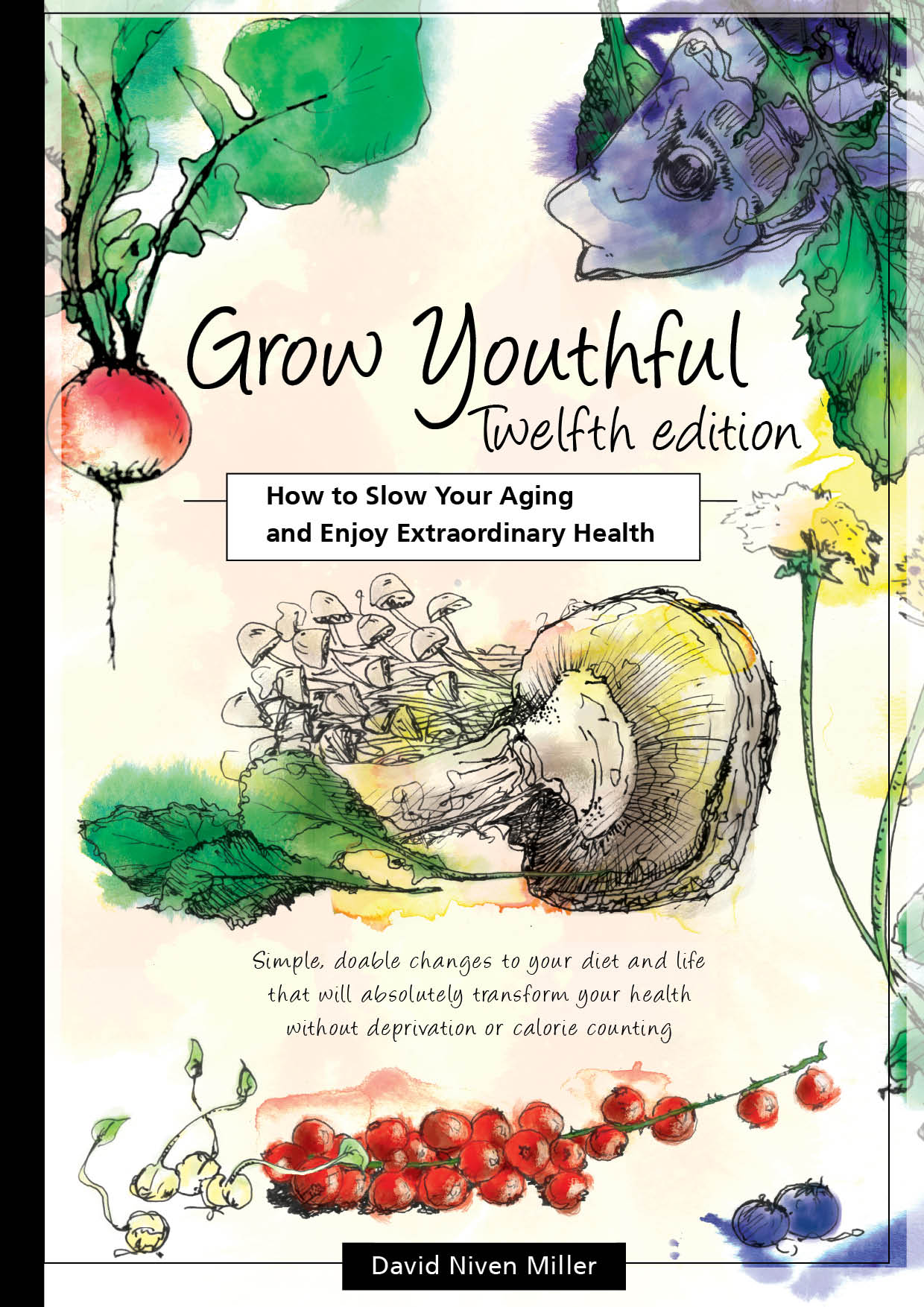
Hair loss / alopecia / balding
What is hair loss?
Men - balding
Women - hair loss
Men and women: common causes of hair loss
Prevention / remedies / cures / treatment for hair loss
References
What is hair loss?
Alopecia or baldness is an involuntary loss of hair in the places where it usually grows on most people.
Scientists currently do not understand the mechanisms causing hair loss and regrowth. However, in 2012 a protein that causes hair loss was discovered (1), and research in this area continues.
Self-caused or voluntary hair loss is common. Some people have a psychological compulsion to pull out their own hair; some hairstyling such as excessively tight ponytails or braids can cause hair loss; also burns to the scalp from caustic hair straightener solution or hot hair irons.
Alopecia totalis is the loss of all head hair.
Alopecia universalis is the loss of all hair from the head and the body.
Androgenic alopecia (also known as androgenetic alopecia or alopecia androgenetica) is a common form of hair loss in both men and women.
Men - balding
Androgenic alopecia is also known as male pattern baldness. It is a hormonal condition in which hair is lost in a well-defined pattern, starting above the temples and thinning at the crown of the head. A rim of hair around the sides and back of the head may remain, or the condition may progress to complete baldness.
Male pattern baldness affects 70-80% of men, causing hair follicles to shrink and produce only thin or microscopic hairs which grow for a shorter period than normal hairs.
Testosterone seems to be necessary for the development of male pattern baldness, though it is not the cause. However, the mechanisms for decreased hair growth in this disorder are unclear.
As men age, androgens stimulate hair growth on the eyebrows, in the nose and ears, and on the face, but suppress it on the scalp - a condition known as the 'androgen paradox'. (2)
Women - hair loss
About 30-40% of Caucasian adult women experience hair loss at some point in their lives. (3) With women the pattern is different - the hair just becomes thinner all over the head. Androgenic alopecia in women rarely leads to complete baldness.
Among non-genetic factors causing alopecia in women, stress is the main cause. One study showed that women who have had multiple marriages or who are divorced or separated had higher rates of hair loss. Other factors include hypertension, lack of exercise, diabetes mellitus, excessive sleep, and having more children. (4)
Men and women: common causes of hair loss
- Chronic stress.
- Genes. Men - if your mother's father was bald, there is an increased chance that you will be bald too.
- Hormonal imbalance. Baldness is associated with metabolic syndrome or diabetes. It is also with thyroid malfunction, both hyperthyroidism and hypothyroidism; and with adrenal dysfunction.
- Mites. Demodex mites.
- Fungus infection. Common infections include candida, skin fungi, ringworm and nail fungi.
- Bacterial infection, usually by the genus mycoplasma. Other bacteria can also cause hair loss, particularly a secondary syphilis infection.
- Toxins. Heavy metals (mercury, lead, cadmium), a wide range of toxic chemicals, especially dyes used for colouring materials.
- Pharmaceutical medications. Side-effects from a wide variety of drugs, particularly chemotherapy. Other culprits include anabolic steroids and birth control pills.
- Deficiency of iodine, iron, zinc, copper, selenium or manganese. Malnutrition in general.
- Inflammation.
- Cortisol excess, often because of stress.
Prevention / remedies / cures / treatment for hair loss
- In 2012 researchers (1) found that the bald spots of men who have male pattern baldness have three times the level of a protein called Prostaglandin D2 (PGD2) as in other areas of the scalp with hair. They are currently working on a way of blocking the receptors for PGD2, stopping its uptake, or reducing the skin's / body's production of this protein. Expect an effective hair restoring cream in the not-too-distant future.
- Male pattern baldness currently does not have any clear and effective cure. However, I have noticed among many men (and also through my own experience) that the Grow Youthful diet and lifestyle recommendations prevent further loss of scalp hair, help with the re-growth of hair, and darken hair colour. The most important of these factors seems to be a reduction of stress.
- For men and women, it is also necessary to tackle the causes of hair loss listed above. The information to do this is available for free on this website.
- DMSO in cases where poor blood circulation or a toxin is the primary cause.
- Infection by microorganisms is a common cause of baldness. Experienced help may be required to identify fungal, bacterial and particularly mite infections. Most doctors and even specialists are not familiar with mites.
- Treat cortisol excess by treating stress and other causes of high cortisol listed in this link.
- Methylene blue.
- See details of remedies recommended by Grow Youthful visitors, and their experience with them.
References
1. Luis A. Garza, Yaping Liu, Zaixin Yang, Brinda Alagesan, John A. Lawson, Scott M. Norberg, Dorothy E. Loy, Tailun Zhao, Hanz B. Blatt, David C. Stanton, Lee Carrasco, Gurpreet Ahluwalia, Susan M. Fischer, Garret A. FitzGerald, George Cotsarelis.
Prostaglandin D2 Inhibits Hair Growth and Is Elevated in Bald Scalp of Men with Androgenetic Alopecia.
Sci Transl Med 21 March 2012: Vol. 4, Issue 126, p126.
2. Inui S, Itami S.
Androgen actions on the human hair follicle: Perspectives.
Experimental Dermatology 2012. PMID 23016593.
3. Sinclair R., Patel M., Dawson T. L., Yazdabadi A., Yip L., Perez A., Rufaut, N. W.
Hair loss in women: Medical and cosmetic approaches to increase scalp hair fullness.
British Journal of Dermatology 2011, 165: 12-18. PMID 22171680.
4. Gatherwright J., Liu M. T., Gliniak C., Totonchi A., Guyuron, B.
The Contribution of Endogenous and Exogenous Factors to Female Alopecia.
2012 Plastic and Reconstructive Surgery 130 (6): 1219-1226.
